Circuit Description
The aftertreatment system is monitored by three temperature sensors that are located in the exhaust system. The aftertreatment diesel oxidation catalyst intake temperature sensor is located after the turbocharger outlet at the intake of the aftertreatment system. The aftertreatment diesel particulate filter intake temperature sensor is located between the aftertreatment diesel oxidation catalyst and the aftertreatment diesel particulate filter. The aftertreatment diesel particulate filter outlet temperature sensor is located after the aftertreatment diesel particulate filter. The temperature sensors around the aftertreatment diesel oxidation catalyst (DOC) are used to monitor the temperature differential across the catalyst during active regeneration of the aftertreatment system.
Component Location
The aftertreatment diesel oxidation catalyst is located in the exhaust system. The location of the catalyst can vary, depending on the original equipment manufacturer (OEM). Refer to the OEM service manual.
Conditions for Running the Diagnostics
Active regeneration of the aftertreatment diesel particulate filter must be occurring before the diagnostic will run.
Conditions for Setting the Fault Codes
The electronic control module (ECM) has calculated DOC efficiency to be less than required to successfully complete a regeneration.
Action Taken When the Fault Code is Active
The ECM illuminates the amber CHECK ENGINE lamp and/or the malfunction indicator lamp (MIL) immediately when the diagnostic runs and fails.
Conditions for Clearing the Fault Code
Perform INSITE? electronic service tool Diesel Oxidation Catalyst Maintenance Reset procedure found under the Aftertreatment Maintenance section of Advanced ECM Data.
Perform INSITE? electronic service tool Aftertreatment Diesel Particulate Filter Regeneration Test.
The fault code status displayed by INSITE? electronic service tool will change to INACTIVE immediately after the diagnostic runs and passes.
The ECM will turn off the amber CHECK ENGINE lamp after the diagnostic runs and passes.
For On-Board Diagnostics (OBD) engines, the ECM will turn off the MIL after three consecutive trips where the diagnostic runs and passes.
The ?Reset All Faults? command in INSITE? electronic service tool can be used to clear active and inactive faults, as well as extinguish the MIL for OBD applications.
Shop Talk
This fault code is logged when the conversion efficiency of the DOC is calculated to be less than that required to perform an effective regeneration.
Possible causes of this fault code include:
Soot plugging the front face of the aftertreatment diesel oxidation catalyst
Engine oil or fuel contamination of the aftertreatment diesel oxidation catalyst
A cracked or contaminated aftertreatment diesel oxidation catalyst
A malfunction in the aftertreatment fuel injection system
A leaking exhaust system between the turbocharger and the diesel oxidation catalyst.
An in-range malfunction of the aftertreatment diesel oxidation catalyst or the aftertreatment diesel particulate filter inlet temperature sensor can cause this fault code. Make sure there are not any fault codes related to the aftertreatment temperature sensors before following this troubleshooting tree.
Reference the appropriate OEM wiring diagram when troubleshooting circuits that utilize wiring supplied by the OEM.
For intermittent power supply and data link communication issues with aftertreatment components, it is highly recommended that the OEM Power Distribution Center fuses and relays be thoroughly checked for loose, missing, or intermittent connections.
Possible Cause:
1) ECM calibration


 AGCO
AGCO ALLISON
ALLISON BENDIX
BENDIX BOBCAT
BOBCAT CAT
CAT CLAAS
CLAAS CNH
CNH DAF
DAF DETROIT
DETROIT EATON
EATON FREIGHTLINER
FREIGHTLINER HINO
HINO HITACHI
HITACHI ISUZU
ISUZU JCB
JCB JOHN DEERE
JOHN DEERE JPRO
JPRO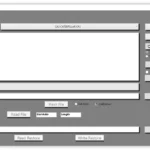 MAGIC TUNER
MAGIC TUNER MAN
MAN Navistar
Navistar PACCAR
PACCAR PERKINS
PERKINS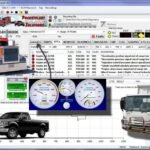 PF DIAGNOSE
PF DIAGNOSE PSI POWERLINK
PSI POWERLINK RENAULT
RENAULT SCANIA
SCANIA THERMO KING
THERMO KING UD NISSAN
UD NISSAN VOLVO
VOLVO WABCO
WABCO ZF TESTMAN
ZF TESTMAN
 BELL
BELL BENDIX
BENDIX BOBCAT
BOBCAT CARRIE
CARRIE DAF
DAF DETROIT
DETROIT EATON
EATON FUSO
FUSO MACK
MACK
 Cumminz
Cumminz ISB4.5 CM2150
ISB4.5 CM2150 All Engines (2017 Emissions)
All Engines (2017 Emissions) PACCAR
PACCAR


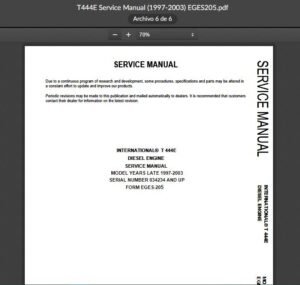

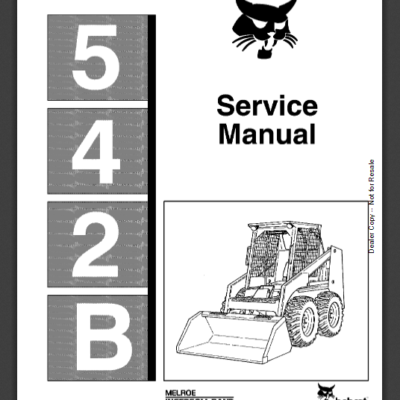
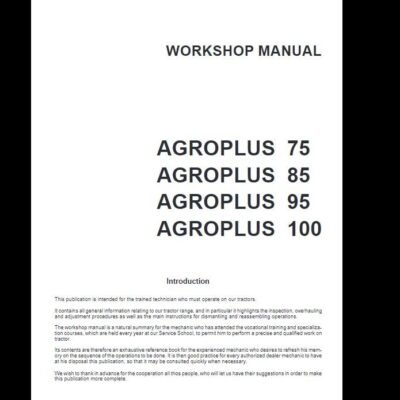


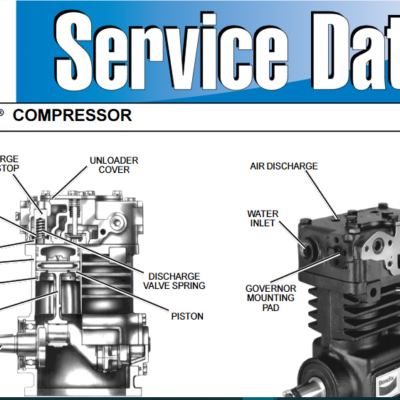




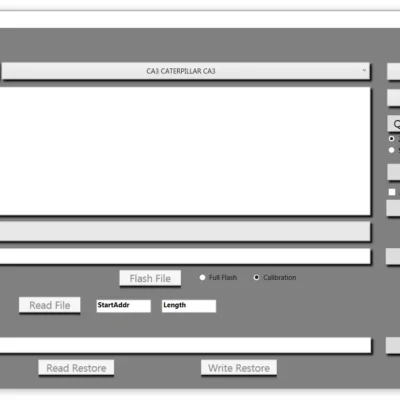

Reviews
Clear filtersThere are no reviews yet.